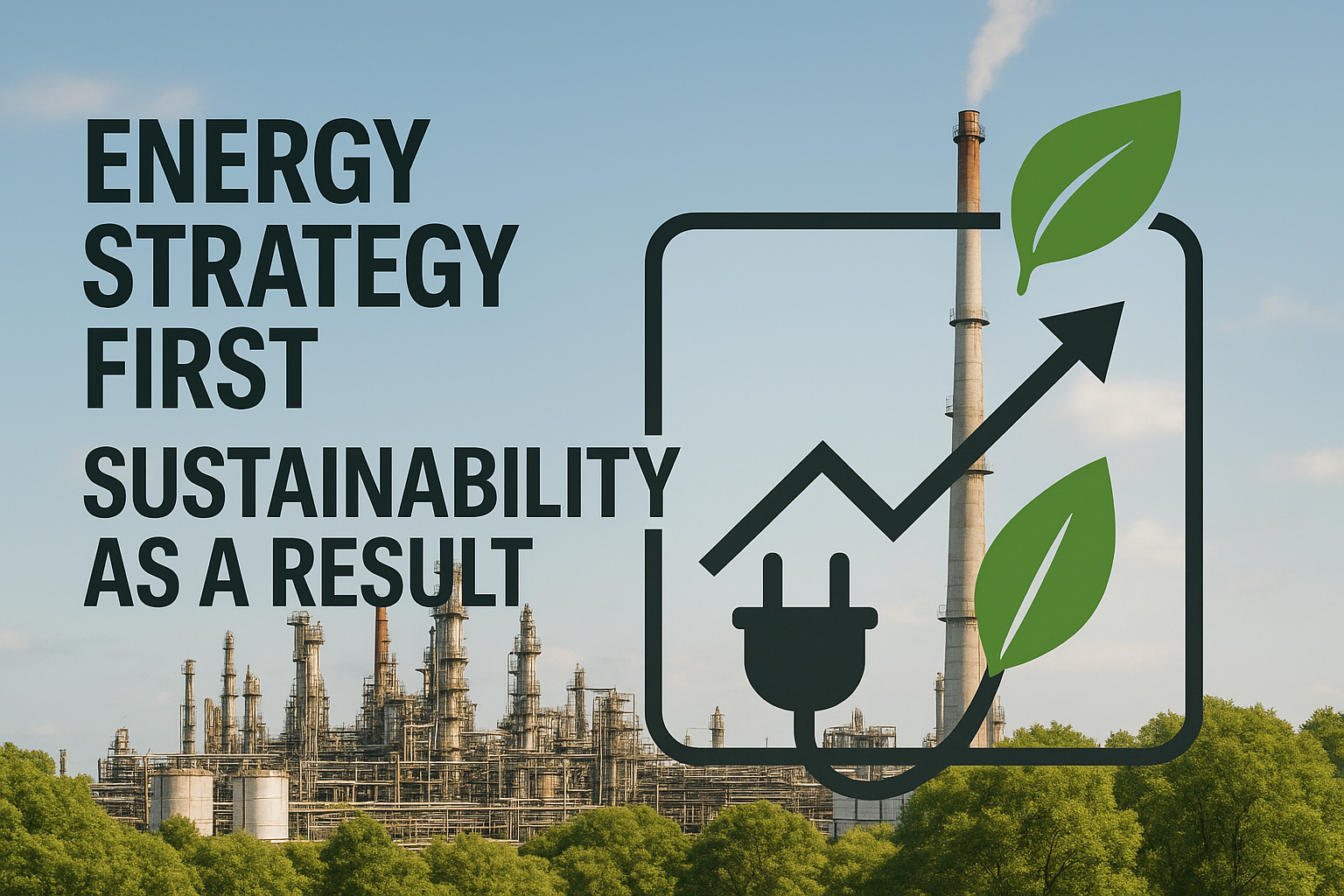Industrial plants have invested millions in data historians that stream millions of tags from sensors and control systems every day. Yet, most of that information remains idle; industry observers say only a fraction ever informs decisions.
The promised wave of AI optimization stalls before delivering value; nearly 70% of manufacturers report that problems with data, including quality, contextualization, and validation, are the most significant obstacles to AI implementation. The root issue isn’t the math; it’s the data. Historians were built to satisfy compliance audits and trend visualizations, not to feed algorithms that demand clean, contextualized signals.
This gap shouldn’t derail your AI optimization journey. Six proven practices can transform your plant data into AI-ready resources without requiring perfect information. These approaches provide practical steps, highlight common pitfalls, and offer straightforward solutions that unlock value from existing infrastructure. Process industry teams have already used these methods to extract meaningful AI insights while navigating real-world operational constraints.
Start with the Data You Have, Not the Data You Wish You Had
Stalling until every sensor stream is pristine can postpone AI value for years. Plants that move ahead with imperfect information still achieve measurable improvements because modern industrial AI learns while data quality is refined in parallel. A quick audit helps you discover what is already usable.
Consider examining your tag count versus instruments in the field, assessing completeness through the percentage of time each tag reports valid readings, and conducting basic sensor-health checks, such as operating range and rate-of-change analysis.
This approach allows you to score each tag as usable now, needs cleanup, or missing. Early pilot projects can lean on the “usable now” group, while missing tags can often be substituted with inferentials or back-filled from operator logs.
Watch for pitfalls that quietly distort learning: timestamp drift, proprietary legacy formats, and information silos that hide critical context. Resolving these issues rarely requires a full system overhaul; historian export access and a cross-functional owner are often sufficient to start cleansing while AI pilots demonstrate quick wins.
Map Your Critical Process Variables Before Everything Else
Before you train any industrial AI model, you need a clear map of the sensors that truly drive production, quality, and energy use. Comprehensive source identification shows that skipping this step leaves you wrestling with blind spots later on. Without this foundation, even the most sophisticated algorithms struggle to separate signal from noise.
Begin with short, focused workshops that pair operators and process engineers. As they walk through the unit together, list every tag, cluster those that represent the same loop or piece of equipment, and enrich each cluster with metadata such as units, instrument location, and maintenance history. This collaborative mapping gives context to raw time-series information and surfaces hidden dependencies that numbers alone never reveal.
Store the results in a shared version-controlled sheet. Stick to consistent naming conventions, follow a clear unit/loop hierarchy, and record every change. Disciplined tag governance prevents confusion as volumes grow, while common pitfalls include over-scoping (trying to map thousands of low-value tags), ignoring soft sensors, or letting aliases conflict. If you discover duplicate or missing units, fix them immediately and flag the issue in your change log so the discrepancy doesn’t propagate into model features.
Teams that invest in this lightweight, cross-functional mapping effort often cut model-training time by nearly a third because engineers spend less time hunting for the right signals and more time refining algorithms.
Set Your Sampling Rates for AI Learning, Not Just Compliance
Most plants configured their data collection systems for regulatory compliance, with measurements typically taken once per minute. However, AI models require more detailed information to detect subtle patterns in process behavior.
For optimal results, sampling rates should be frequent enough to capture all relevant process changes. When sampling is too infrequent, important operational insights are lost, significantly reducing the accuracy of AI-driven optimization models.
Start by analyzing each critical tag to optimize data collection for AI learning:
- Chart frequency responses for each tag to determine appropriate sampling rates
- Evaluate storage footprint to understand data volume implications
- Create Power Spectral Density plots to identify where meaningful process dynamics might be lost
- Perform compression reviews to detect if dead-band settings are flattening important peaks
- Balance sampling frequency with storage requirements as higher rates generate more data
- Implement scalable time-series archives to manage increased data storage needs effectively
Align every source clock to prevent millisecond drifts that misalign features and labels. Watch for aliasing, redundant noise, and mismatched laboratory updates; each can degrade predictive performance.
By tuning sampling rates with AI in mind and documenting the changes in your historian modernization plan, you create a foundation for anomaly detection, soft-sensor training, and closed-loop optimization that keeps learning as conditions evolve.
Build Data Governance That Enables Innovation
You can’t scale AI on shaky foundations. A lightweight governance layer, built around ownership, quality KPIs, and a simple change-management log, keeps plant information trustworthy without slowing experimentation. This stewardship discipline mirrors proven approaches from other analytics-driven industries.
Start by establishing robust data governance fundamentals:
- Assign clear ownership for every historian tag and document all interfaces
- Automate validation rules that check sensor range and rate-of-change parameters
- Surface quality metrics in weekly scorecards for visibility and accountability
- Catch bad sensors early with high-integrity plant data monitoring
- Quarantine data gaps before they contaminate AI models
- Implement role-based access through segmented APIs to maintain cybersecurity
- Enable analytical exploration while preserving system integrity controls
Governance that’s too heavy bogs everyone down; too light creates orphaned tags and shadow spreadsheets. Begin with critical variables, review scorecards in daily meetings, and trigger automatic AI retraining whenever a tag’s quality grade changes. This balance protects integrity, accelerates innovation, and keeps security considerations front and center without creating unnecessary barriers.
Connect Islands of Data into Unified Intelligence
Process historians capture terabytes of time-series signals, yet critical context often sits isolated in separate lab systems, maintenance logs, or planning spreadsheets. This fragmentation creates one of the main obstacles to Industry 4.0 initiatives, preventing the cross-domain intelligence that drives operational excellence.
Integrated datasets deliver measurable improvements in anomaly detection, root-cause analysis, and energy optimization, outcomes already documented across process industries. The solution lies in strategic integration using open protocols such as OPC UA or REST APIs for modern systems.
Successful integration follows a clear sequence: acquire information from all sources, analyze and map keys (asset IDs, batch numbers), then schedule joins and refresh cadence. Budget or skill constraints? Low-code connectors and historian APIs reduce custom development requirements.
Common pitfalls include time-zone drift and delayed manual entries. Align all systems to a single clock and stage lab uploads before merging. Simple validation rules prevent silent misalignments that can undermine model performance weeks later.
Once unified, AI models can link vibration spikes to work-order patterns or correlate quality shifts with feed changes, creating the comprehensive operational intelligence that transforms reactive troubleshooting into predictive optimization.
Validate AI Readiness Through Pilot Projects
A successful pilot is small enough to finish quickly yet rich enough to surface real-world constraints. The sweet spot combines bounded scope, a single measurable KPI, and a timeline under 90 days. Teams often use a targeted validation approach built with your unit process information, evaluated by your experts, and validated against your site-specific economics. By limiting variables, the pilot reveals whether existing historian tags, sampling rates, and metadata can support AI optimization without first demanding a costly overhaul.
Start by assembling a KPI matrix that covers yield, energy, and quality. Calculate baselines from recent historian records, ensuring timestamp accuracy and sensor uptime. Clear baselines make it easy to quantify impact later, and pilots that anchor on economic metrics gain faster executive support.
Common roadblocks, vague success criteria, skipped operator training, and limited stakeholder involvement can derail momentum. Effective mitigation includes pre-defined acceptance thresholds, operator workshops with rollback plans, and drift monitors that alert when quality slips.
When pilots expose gaps or cultural resistance, teams can address issues in parallel while expanding the model’s footprint. This staged, human-in-the-loop strategy positions the plant for confident scale-up once the initial pilot demonstrates measurable value.
How Imubit Maximizes Your Process Data Historian Investment
These six practices transform existing historian archives into an industrial AI launchpad. Rather than requiring a complete system replacement, Imubit’s Closed Loop AI Optimization solution works with your current infrastructure, learning from plant data and writing optimal targets your control system in real-time.
Process industry leaders value this approach because it maximizes existing investments while delivering measurable improvements. The platform includes purpose-built features for process industries: governance tools that identify problematic tags, integration capabilities for lab and maintenance data, and continuous learning that adapts to changing operations.
Ready to unlock more value from your historian investment? Imubit’s Closed Loop AI Optimization solution provides an information-first approach grounded in real-world operations. Get a Complimentary Plant AIO Assessment and discover how closed loop AI can drive measurable improvements in throughput, energy efficiency, and product quality.




